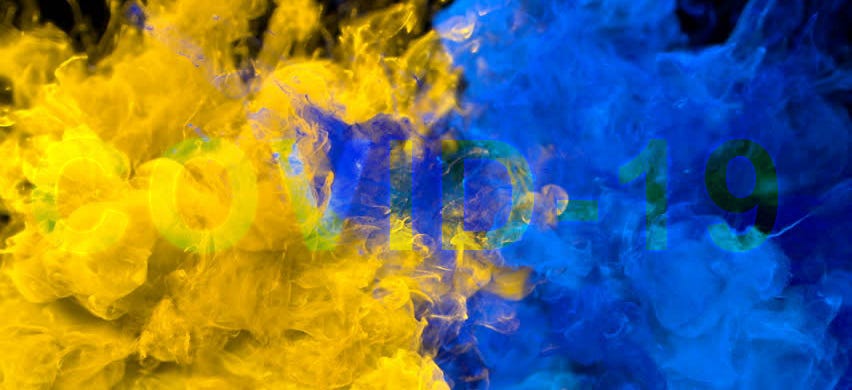The social engineers are everywhere. We are ruled by psychopaths who use teams of behavioral psychologists to nudge society in one direction or another. Those charged with this grotesque duty in Britain even apologized for using totalitarian methods of propaganda to create fear and hysteria to subdue the population during the plandemic. This UK government psyop group is known as the “Behavioral Insights Team” or the “nudge unit”. Laura Dodsworth, a fellow Substacker wrote a bestseller on this: A State of Fear: how the UK government weaponised fear during the Covid-19 pandemic
These psychological managers have piles of research and data on what’s effective in moving the masses. Sometimes this happens through intentionally coordinated lock-step political policies like lockdowns and social distancing, other times through intentional economic pain like high gas prices to alter consumer behavior (buy EVs), and the most obvious nudging, if one is capable of seeing it, occurs with intentional lies and propaganda to manipulate thoughts and feelings about events that are also often intentionally prepared in a way to affect our view of them.
The lesser known manipulation happens at the subconscious level.
Twenty years from now a retired British man will sit at a park bench next to a young couple he overhears talking about the great pandemic of 2020-2022 and how they had to wear masks in preschool. He will eventually interrupt them and say:
“I remember those years. I remember them very well. Those were the blue and yellow years.” They will look at him suspiciously before he asks them, “What do you young lovers know about colors?” He will not offer them chocolates or ask about bus schedules.
Colors are absorbed through visual memory or iconic memory and can have deep lasting associative effects, often influenced by our past experiences.
Prof. Dr. Axel Buether conducted one of the largest studies on color, memory, experience and behavior that has its own ted talk and website: colour.education. It involved a million images and five hundred subjects over five years.1
The effects of different colors on our emotional state are rarely acknowledged by the individual because the process is largely subconscious:
Our memory determines what a color means to us and how colors affect our thoughts and feelings. Colors determine the experience of our self and the environment. They influence our behavior and control our actions, even though we rarely recognize the causes.
According to their dedicated website:
Color psychology is based on the understanding of the effects of colors on the experience and behavior of people. Consequences for the design and communication process can be derived from an understanding of color meaning and color effects. Applied color psychology promotes the functionality of design and the effectiveness of communication.
Successful color psychology can help us to achieve concrete targets:
Mediation of set messages
Observation of desired behavior changes
Observation of desired actions
Perception of positive emotions and feelings
Acceptance and satisfaction targets and target groups
Researchers found that colors induced psychologically associative effects on individuals with grey often paired with insignificance or depression, red with passion and seduction, blue with melancholy and contemplation, violet with cheerfulness and white with purity and peace.
In a different study researchers did a series of repetitive tasks with subjects to test their working memory based on objects, location and color. While memory depleted as the number of tasks increased the one attribute that survived longest was color. Their results demonstrated that our perception of color is superior to our perception of orientation and shape.2
Another study found that color works on memory recall, even improving outcomes in those with disabilities:
the clinical setting, specific interventions involving colours can be introduced to deal with memory-related problems such as learning difficulty, autism, dyslexia, and others. With the use of colour in the intervention, it can help patients to follow and understand the learning program better.3
What if you wanted to develop a global learning program using colors so that certain colors were associated with an event and our psychological responses to that event?
What if you needed to manipulate the masses through psychological operations targeting their iconic memory and you wanted them to associate two specific colors with two very different yet chronological events you had planned?
What if you wanted to connect the emotional group assimilation from one event with the subsequent event using colors?
Would you use all the existing literature on color, memory, emotions, perception and behavior to manipulate the masses in your favor?
It’s probably just another crazy conspiracy.
Nothing to see here. Carry on then.
Full Video Credit: Hugo Talks
The Good Citizen is powered by Good Citizens like you. Consider a paid subscription to support more works like this. If you can’t be a paid subscriber please share this post with other Good Citizens.
